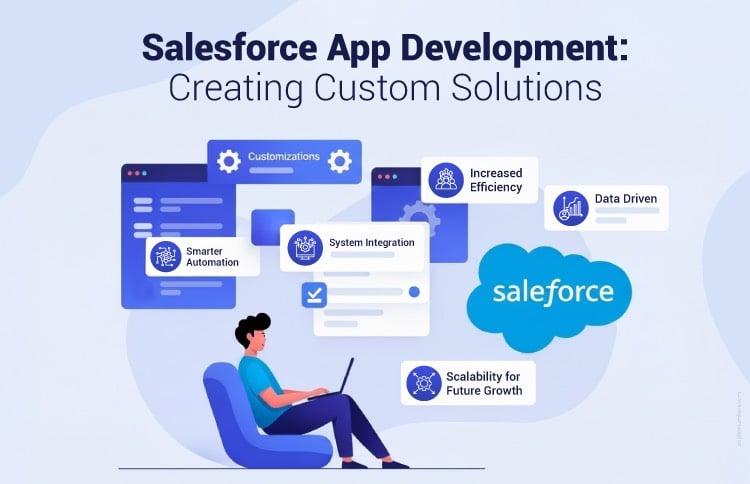Frontend Development in the Age of AI and Automation
Frontend development is changing fast with AI and automation. Tasks that used to take hours – scaffolding pages, writing tests, fixing layout bugs – now happen in minutes. Instead of pushing pixels by hand, you can focus on user experience, performance, and shipping features that matter. In this blog, you’ll see how AI and automation …














